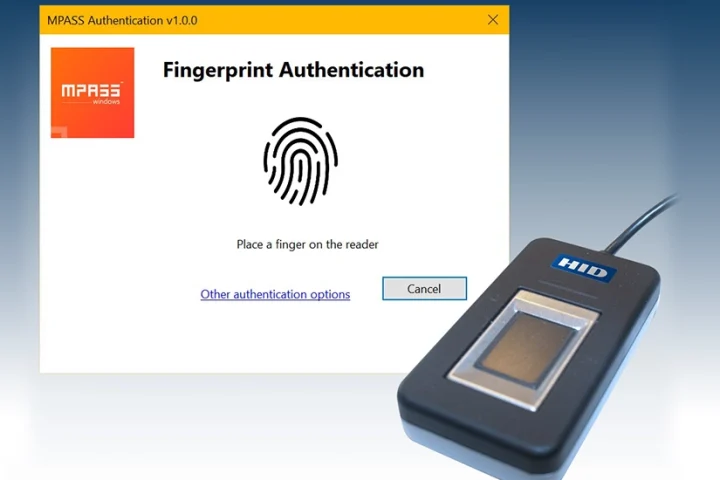An increasing proportion of customers are taking advantage of digital platforms during the new vehicle purchase journey, 57% in 2019 vs 42% in 2018, according to the JD Power 2019 UAE Sales Satisfaction Index, SSI, study. However, the study also finds that digitalisation cannot completely replace the personal aspect delivered through human interaction.
Satisfaction is 828 on a 1,000-point scale for customers who use the Internet during their shopping process, compared with 781 for those who do not. These customers are also almost three times more likely to compare prices across dealerships compared to those who do not use the Internet, 49% vs 17%, respectively. The use of technology devices is also mirrored at the dealer’s end to better serve their customers. Sales consultants are using tablets, touchscreen monitors and smartphones as part of the in-store shopping experience to input customer needs, 46%; demonstrate vehicle features, 49%; or to display price/payment-related information, 52%.
“Dealerships are increasingly investing in customer-focused digital technology to provide a more transparent, convenient and efficient buying experience,” said Shantanu Majumdar, Region Director of the Automotive Practice at JD Power. “While digital tools help streamline some of the day-to-day processes, dealerships need to consider that not all customers may be comfortable or can appreciate the benefits of such tools. Human interaction will continue to be critical in crafting a memorable customer experience at the dealership, which can be complemented by a judicious use of digital tools.”
Despite the increased use of digital resources, a large proportion of customers still engage with dealers via a physical visit, 92%, or a phone call, 77%. Recommendation from family and friends is the most widely cited reason, 44%, influencing a customer’s decision to visit the dealership from where they purchased a vehicle.
Following are key findings of the 2019 study:
- The majority of customers, 85%, indicate that their dealer introduced them to a member of the service staff. In addition to potential revenue, this simple step of connecting new vehicle buyers to the service department also yields higher overall sales satisfaction, 811 vs 788, for customers who are not introduced,.
- Women buyers make up almost one-fourth, 23%, of new-vehicle buyers in this year’s study. Female customers have lower satisfaction compared with their male counterparts, 797 vs 811, respectively,. Some of the challenges women face at the dealership include attempts to change the originally promised price, 18% vs 12% for men, or having to return to the dealership to fix issues with paperwork, 19% vs 9% for men.
Study Rankings
Toyota ranks highest in overall sales satisfaction among mass market brands, with a score of 819. Ford ranks second with a score of 813, while Chevrolet ranks third with a score of 807.
Mercedes-Benz ranks highest in overall sales satisfaction among luxury brands, with a score of 826. Infiniti ranks second with a score of 824, while Lexus ranks third with a score of 823.
The 2019 UAE Sales Satisfaction Index, SSI, measures satisfaction with the sales experience among new-vehicle buyers. Buyer satisfaction is based on six measures: dealer sales consultant, 24%; dealership facility, 18%; delivery process, 17%; dealership website, 15%; paperwork completion, 15%, and working out the deal, 11%.
The study is based on responses from 1,884 buyers who purchased or leased their new vehicle between June 2018 through September 2019. The study is a comprehensive analysis of the new-vehicle purchase experience and measures customer satisfaction with the selling dealer. The study was fielded from June through October 2019.
The study also includes the Net Promoter Score, NPS, which measures new vehicle owners’ likelihood to recommend their vehicle brand on a 0-10 point-scale.





















